Does Mozart really make you smarter?

It’s that time of year again, isn’t it?
We’ve joined a couple of Zoom meetings with the Study Society recently (highly recommended). During one conversation, one of the members said he was trying to get people talking, to feel more connected, instead of “just saying hi” when he passed strangers. His example was to say: “it’s that time of year again, isn’t it?”. We laughed about it at the time – it seems a bit absurd somehow – but thinking about it, it’s always that time of year again, isn’t it? It’s the cold of winter, or the rain in spring, the children up late and playing outside on summer evenings, the mushrooms making their autumnal appearance. It’s always the time of year for something.
But it is that time of year for us now, when certain songs play and certain food is eaten, where traditions emerge like so many familiar dusty boxes out of the attic, and everything seems to be strung with tiny lights. The glimmer of the winter holidays can wake a childlike delight in some people, while for others, the pressure of near-constant merriment – not to mention the financial burden – may weigh heavy.
What this time of year is for is connection; that deep, pagan-ish, solstice-time connection. Forced inside by the dark and cold, with your family or by yourself, to confront and comfort, enjoy and endure. If we could choose, we’d all love this time to be an opportunity to strengthen our relationships, exchange affection, and take care of each other.
With this in mind, let’s dive into this month’s theme: connection, music and closeness.
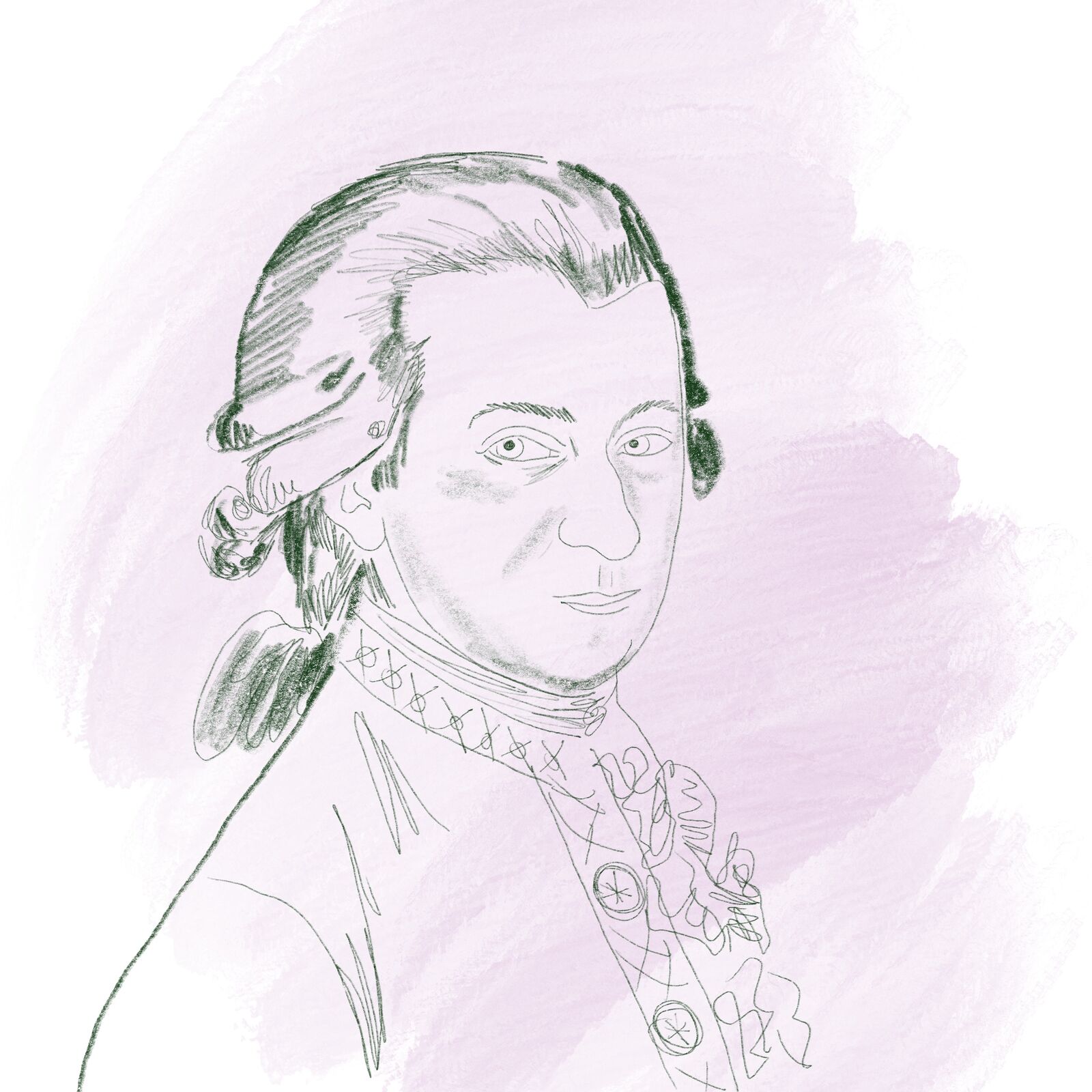
Baby talk, baby listen.
There is no reliable evidence to back up claims that Mozart makes you smarter. There’s also no evidence that playing Mozart to babies turns them into geniuses. There was some evidence that students who were exposed to classical music scored more highly on IQ tests, and somehow, from that, “Baby Mozart” caught on. Mozart, after all, is considered to have been a genius – so it’s not a huge leap to imagine some special secret codes in his music that could rewire our own brains to be more genius-y. “The Mozart Effect” was more like a snowball effect in 1991, when the phrase first appeared. Since then, endless books, CDs and – in more recent years – YouTube videos have appeared with curated playlists of Mozart-ish music aimed at boosting babies’ brains. In 1998, the governor of Georgia even requested money be set aside to send a Mozart CD to every newborn in the state – such was the conviction surrounding the miracle of the composer’s music.
But don’t be put off so easily. Research at the University of Helsinki found that 20 minutes of classical music can modulate genes responsible for brain function. In one study, the team found that classical music induced a dopamine release (our reward chemical), increased synaptic function (making it possible to think more quickly) and positively influenced the genes associated with learning and memory. Interestingly, one particular such gene (called SNCA) is often linked to how birds learn their songs – and thus, could be a link between how sound and memory have evolved in humans. And that’s not all. This study also showed that listening to classical music could down-regulate genes that are associated with neuro-degenerative diseases, too.
In August this year, the results of a new study showed that, in a sizeable cohort of two-day old babies, those who were played Mozart for 10 minutes showed fewer signs of pain during a heel-prick test than those who were in silence. There aren’t any hard and fast facts to prove why or how music soothes the nervous system, but it’s thought to stimulate an emotional response and activate sensory pathways that send signals which actually compete for space with the pain signals – thus lessening the perception of pain. In this study they only tested Mozart, but I can’t help but wonder what the effects might be if they were played different genres: is there a sweeping magic in Megadeath and Madonna; or is it just the sweet rays of Mozart’s genius that take the pain away?

Size matters.
We heard that a small music venue where we grew up was closing. It wasn’t headline news, but it was an extraordinary place, now in the long list of local arts centres that are no more. According to charity Music Venue Trust, one grassroots venue closes down each week, meaning now 35% of smaller venues have closed over the past 20 years in the UK. Moles Club was an underground institution – literally and metaphorically. It is known not only for hosting The Cure, Radiohead, Oasis and Ed Sheeran as they made their way to global popularity, but also as a social epicentre for many. It won’t be alone in being missed.
Inversely, there are currently eight new stadiums being planned and developed in the UK. Eight. Stadiums. Have we arrived at the point that, to choose going out over a Netflix/UberEats Friday night, we need a reason the size of a stadium ticket price? Or is our post-covid social craving so strong that we leapfrog over humbler plans?
Without smaller venues, who will fill these arenas in the future? Grassroot schemes need investment to nurture new talent. Smaller centres do the social and cultural hard grafting, giving artists a space to learn and grow. I don’t believe we’re sufficiently fulfilled with watching a new unknown YouTuber sing through our screens with each page refresh. There is something fundamental to the shared connection of intimate live music – sometimes our only creative and spiritual gathering – all available to us a short distance from our home.
In the 1990s, anthropologist Robin Dunbar proposed a number: 150. Looking at primate group sizes and cross-referencing with brain size, and investigating village and tribe sizes since the neolithic period until today, Dunbar hypothesised that 150 was the number of people a person can manage to have a stable relationship with. Moles Club had a capacity of about 220, and the new stadiums range in capacity from 5,000 to 50,000 people.
You often hear about musicians talking about playing in “intimate” venues, and how doing stadium shows is less personal, less intimidating. That when they come to a smaller show, they’re surprised how much more nervous they are, or how much more they feel in the moment of the performance.
Obviously, there’s a cost-of-living element to not going out – but is there also an element of social anxiety? Are we afraid of the intimacy of a 200-person venue, where the 20,000-seater stadium conversely offers a safe bubble, where we can swim in a sea of anonymity?
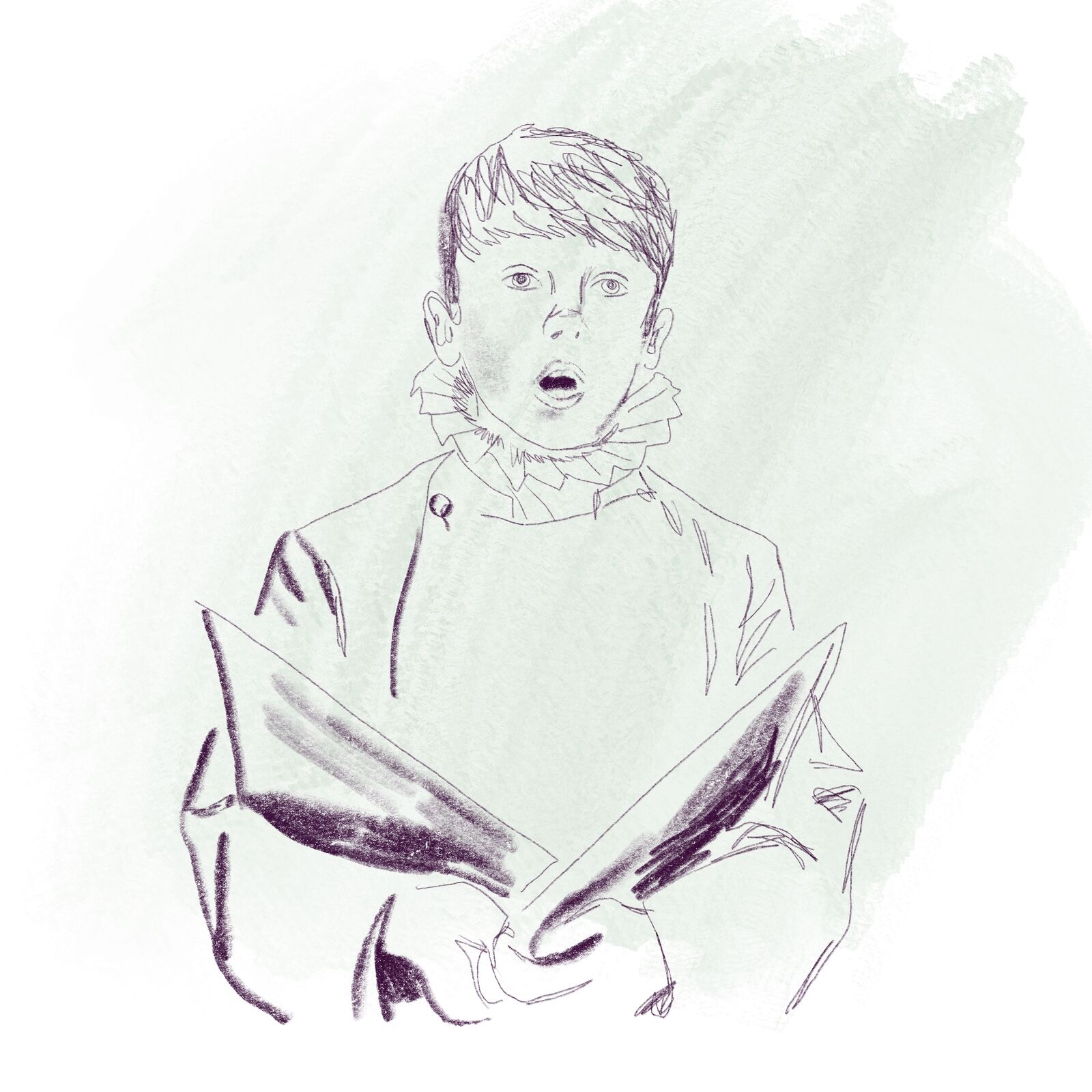
The magic of a mistake.
The soaring top C in Miserere is instantly recognisable – a beautiful, dove-like embellishment that is as magical as the story surrounding its creation.
The legend is that Pope Urban VIII issued a decree that said it was an excommunicable offence to reproduce the Miserere anywhere apart from the Papal chapel, and that subsequently, a 14-year-old Mozart, after visiting the Sistine Chapel and hearing Allegri’s composition just once, transcribed it from memory. This version was then supposedly put into production and shortly after, Mozart started to be a well-known composer and was invited back to The Vatican by Pope Clement XIV, who awarded him the Chivalric Order of the Golden Spur.
It’s a lovely story. But it’s not entirely true.
The Miserere was sung in various iterations by the Sistine Chapel choir, and it’s likely that singer and composer Gregori Allegri, when he set his version of the piece for the choir in 1638, took the baton from the previous versions. The Sistine choir had a tradition of vocal ornamentation, which they would learn as set-pieces and work in around simple structures. This practice dates back to the early 1500s. In terms of strict performance rights, there’s no surviving record of Pope Urban VIII ever issuing any decree about the music, and it was actually performed in various places – twice in London – before Mozart transcribed it.
The magical bit is this: when he was creating the first edition of the Dictionary of Music and Musicians, William Smith Rockstro included a section about Allegri’s Miserere and the ornamentation techniques. In this section, he made a wonderful mistake and wrote the first half of a verse twice, but the second time transcribed from Mendelssohn’s version, which was higher by a fourth. This section included the wonderful high C note, but now flowing directly from a G minor into a C minor. Musicians sometimes call this a “trucker’s gear change” because you jump up a few “gears” all at once and it adds a soaring feeling in the music. Later, when an English-language version was recorded in the 60s, it was this “wrong” version that was used. And today, the Miserere has become one of the most often recorded Renaissance tracks in history.
Have a listen and enjoy one of music’s most precious mistakes. (And if you came to see the Betrayal opera/dance show all those years ago, you may recognise the wonderful mezzo Martha, who’s singing in this clip.)
Until next month…
May you be well, happy, whole, and free.
T & B
~~~~~~
Invite your friends to subscribe!
![]() Being with dark and light
Being with dark and light![]() Don't leave!
Don't leave!![]() Unlikely meeting points & unlikely collaborations 🌗
Unlikely meeting points & unlikely collaborations 🌗![]() Sit in the middle of things 🧘♀️🪻
Sit in the middle of things 🧘♀️🪻![]() 5 things I learned at a Buddhist monastery
5 things I learned at a Buddhist monastery![]() 6 good things to do
6 good things to do![]() Extraordinary ordinariness: space orbits and sleeping dogs
Extraordinary ordinariness: space orbits and sleeping dogs![]() The ebb and flow of things
The ebb and flow of things![]() A short breath in the bardo
A short breath in the bardo![]() A slender cord of grace
A slender cord of grace![]() Artists reflect on water
Artists reflect on water![]() A love letter to a loaded gun
A love letter to a loaded gun![]() Are you for real?
Are you for real?![]() What is a good life?
What is a good life?![]() Who decides what you think?
Who decides what you think?![]() When new year should be according to history...
When new year should be according to history...![]() Does Mozart really make you smarter?
Does Mozart really make you smarter?![]() Old stories to find light in dark times
Old stories to find light in dark times![]() The human need to put things together
The human need to put things together![]() The power of trends: the good, the bad and the pumpkin-spiced.
The power of trends: the good, the bad and the pumpkin-spiced.![]() From terrestrial to celestial – where do we find inspiration?
From terrestrial to celestial – where do we find inspiration?![]() The illusion of ownership
The illusion of ownership![]() Let’s go down the rabbit hole 🐇
Let’s go down the rabbit hole 🐇![]() Identity, the artist, and #goblinmode
Identity, the artist, and #goblinmode![]() Punk and her godmothers
Punk and her godmothers![]() The ultimate journey – homecoming, heroes and wholeness.
The ultimate journey – homecoming, heroes and wholeness.![]() It’s mushroom month...
It’s mushroom month...![]() Robots, AI and artistry, oh my!
Robots, AI and artistry, oh my!![]() Longevity, love and memory...
Longevity, love and memory...![]() Summer, Freud and a sonnet...
Summer, Freud and a sonnet...![]() When surreal makes sense – exploring with Dorothea Tanning, Olga Tokaczuk and more...
When surreal makes sense – exploring with Dorothea Tanning, Olga Tokaczuk and more...![]() Twists and turns with Mary Oliver, Alan Watts and Astrid Lindgren...
Twists and turns with Mary Oliver, Alan Watts and Astrid Lindgren...![]() First flowers of spring: the need for beauty and hope at all times
First flowers of spring: the need for beauty and hope at all times![]() Defining reality, playing with illusion with Robert Frost, Hilma Af Kilnt and more...
Defining reality, playing with illusion with Robert Frost, Hilma Af Kilnt and more...![]() Celebrating the cycles of light and dark with Joan Didion, Danez Smith and more...
Celebrating the cycles of light and dark with Joan Didion, Danez Smith and more...

 Being with dark and light
Being with dark and light Don't leave!
Don't leave!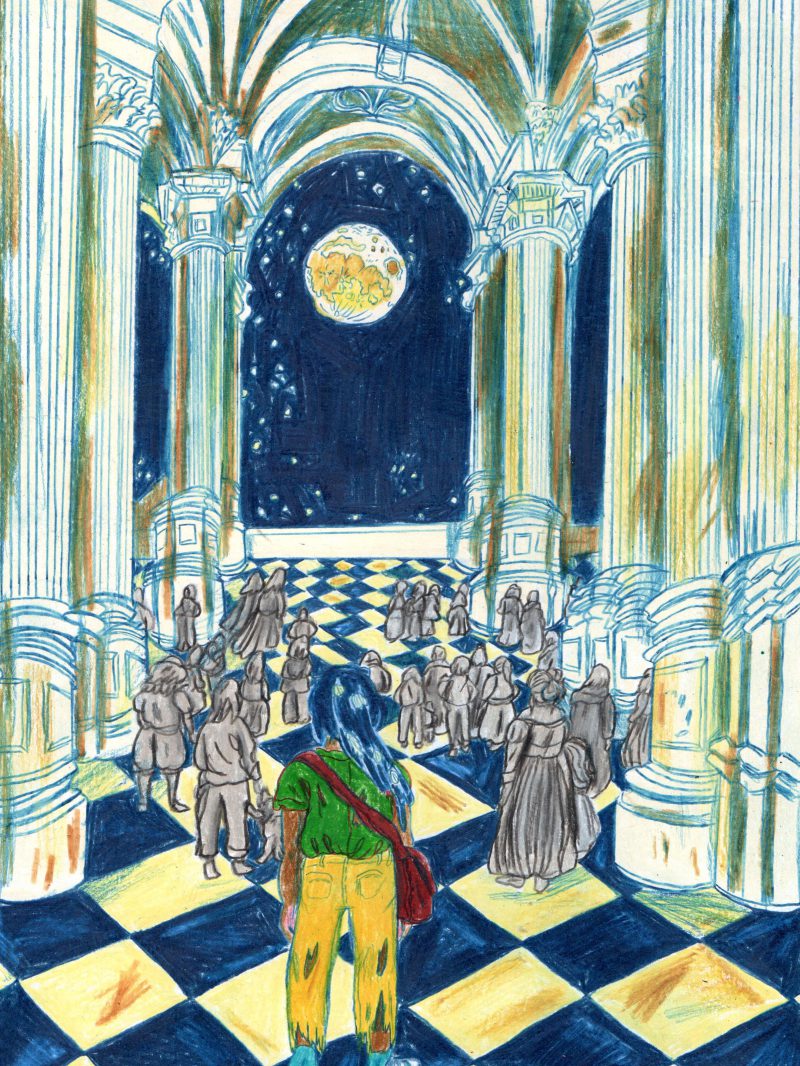 Unlikely meeting points & unlikely collaborations 🌗
Unlikely meeting points & unlikely collaborations 🌗 Sit in the middle of things 🧘♀️🪻
Sit in the middle of things 🧘♀️🪻 5 things I learned at a Buddhist monastery
5 things I learned at a Buddhist monastery 6 good things to do
6 good things to do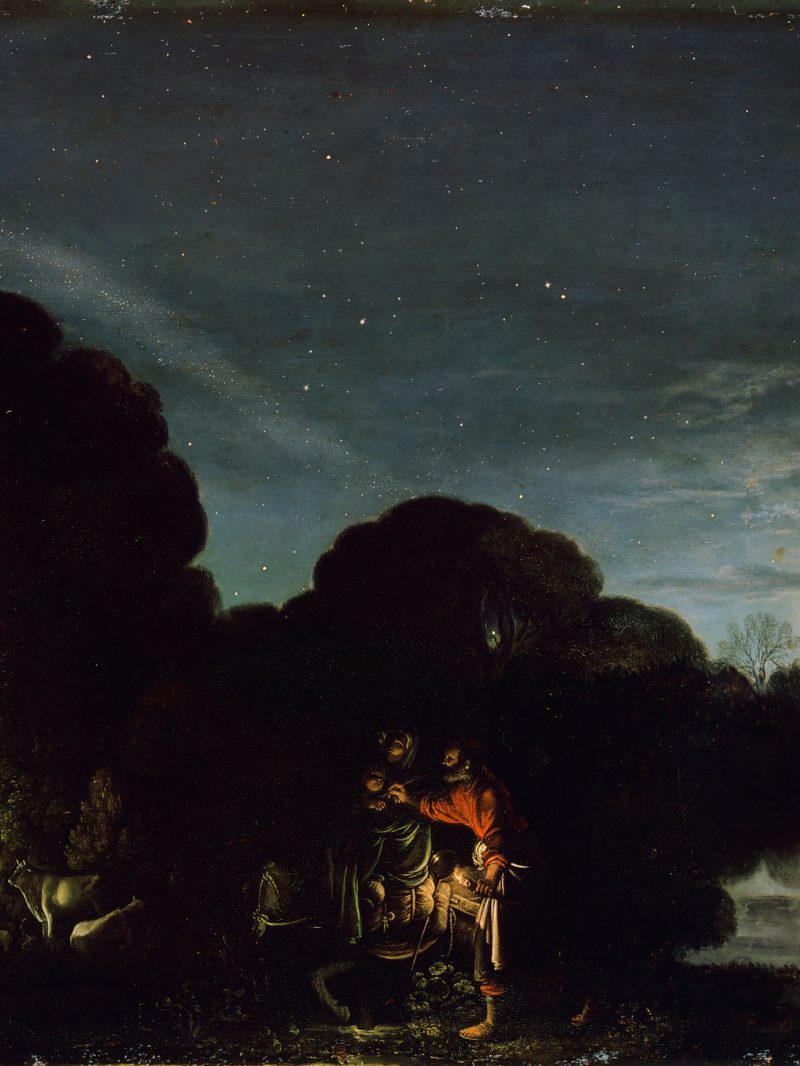 Extraordinary ordinariness: space orbits and sleeping dogs
Extraordinary ordinariness: space orbits and sleeping dogs The ebb and flow of things
The ebb and flow of things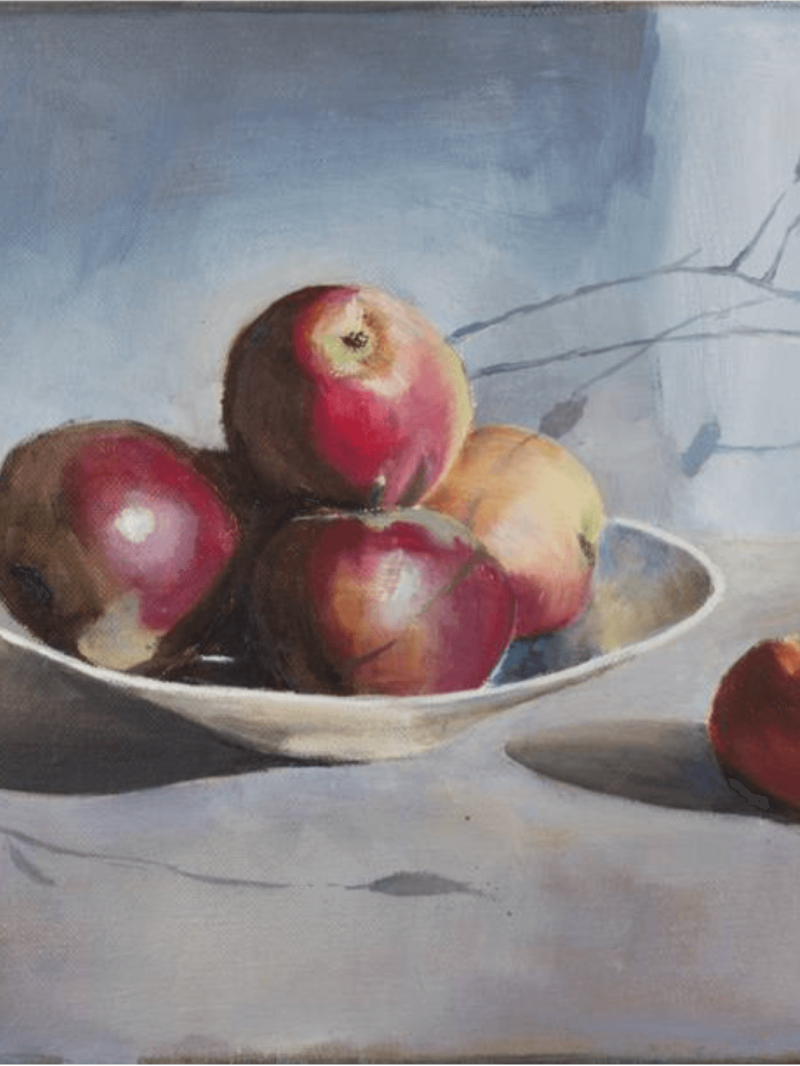 A short breath in the bardo
A short breath in the bardo A slender cord of grace
A slender cord of grace Artists reflect on water
Artists reflect on water A love letter to a loaded gun
A love letter to a loaded gun Are you for real?
Are you for real? What is a good life?
What is a good life? Who decides what you think?
Who decides what you think? When new year should be according to history...
When new year should be according to history... Does Mozart really make you smarter?
Does Mozart really make you smarter?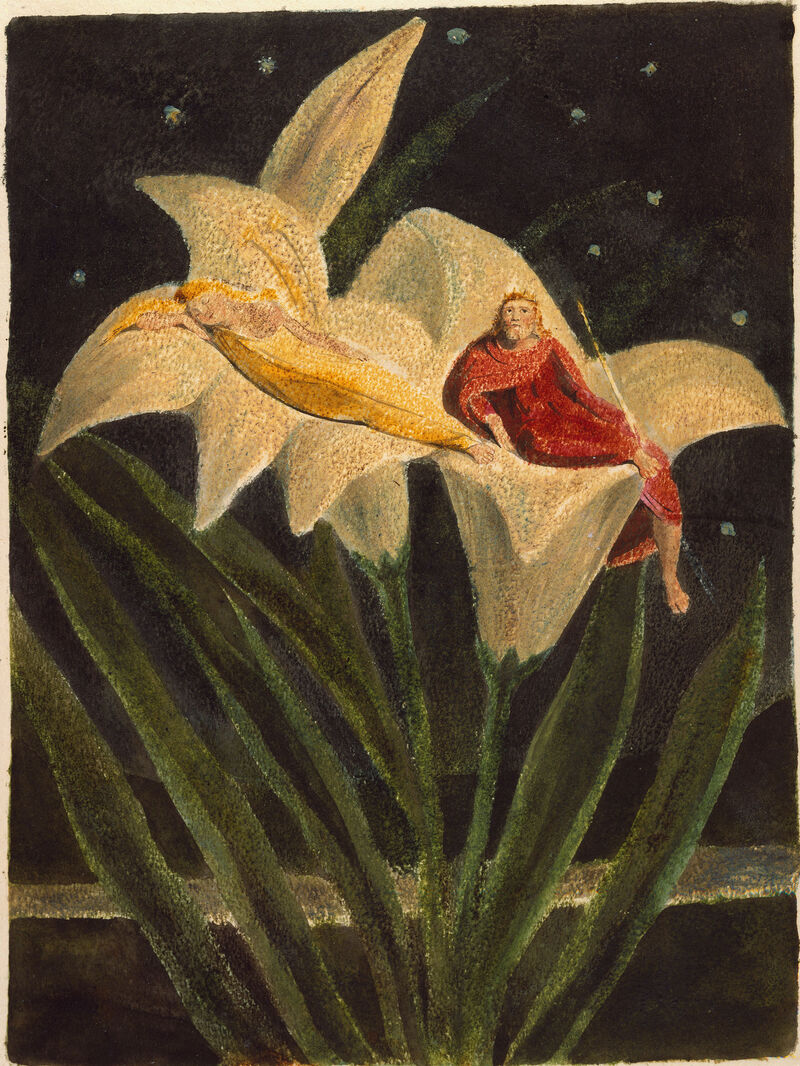 Old stories to find light in dark times
Old stories to find light in dark times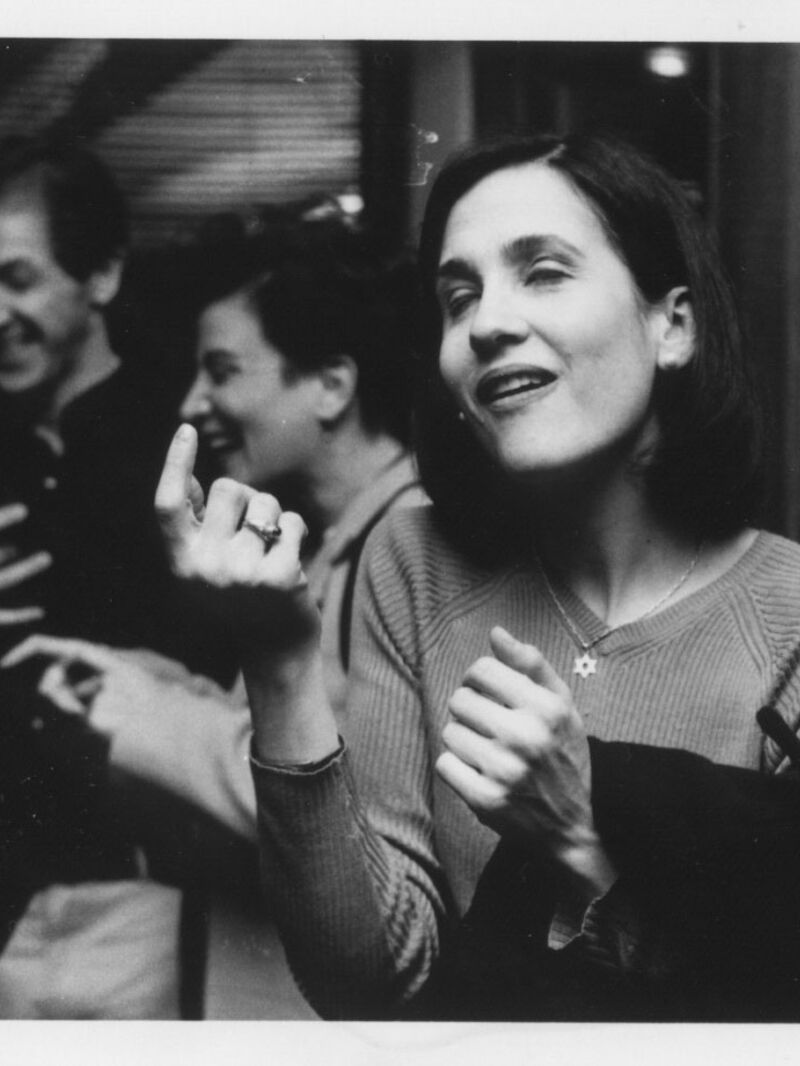 The human need to put things together
The human need to put things together The power of trends: the good, the bad and the pumpkin-spiced.
The power of trends: the good, the bad and the pumpkin-spiced. From terrestrial to celestial – where do we find inspiration?
From terrestrial to celestial – where do we find inspiration? The illusion of ownership
The illusion of ownership Let’s go down the rabbit hole 🐇
Let’s go down the rabbit hole 🐇 Identity, the artist, and #goblinmode
Identity, the artist, and #goblinmode Punk and her godmothers
Punk and her godmothers The ultimate journey – homecoming, heroes and wholeness.
The ultimate journey – homecoming, heroes and wholeness. It’s mushroom month...
It’s mushroom month... Robots, AI and artistry, oh my!
Robots, AI and artistry, oh my!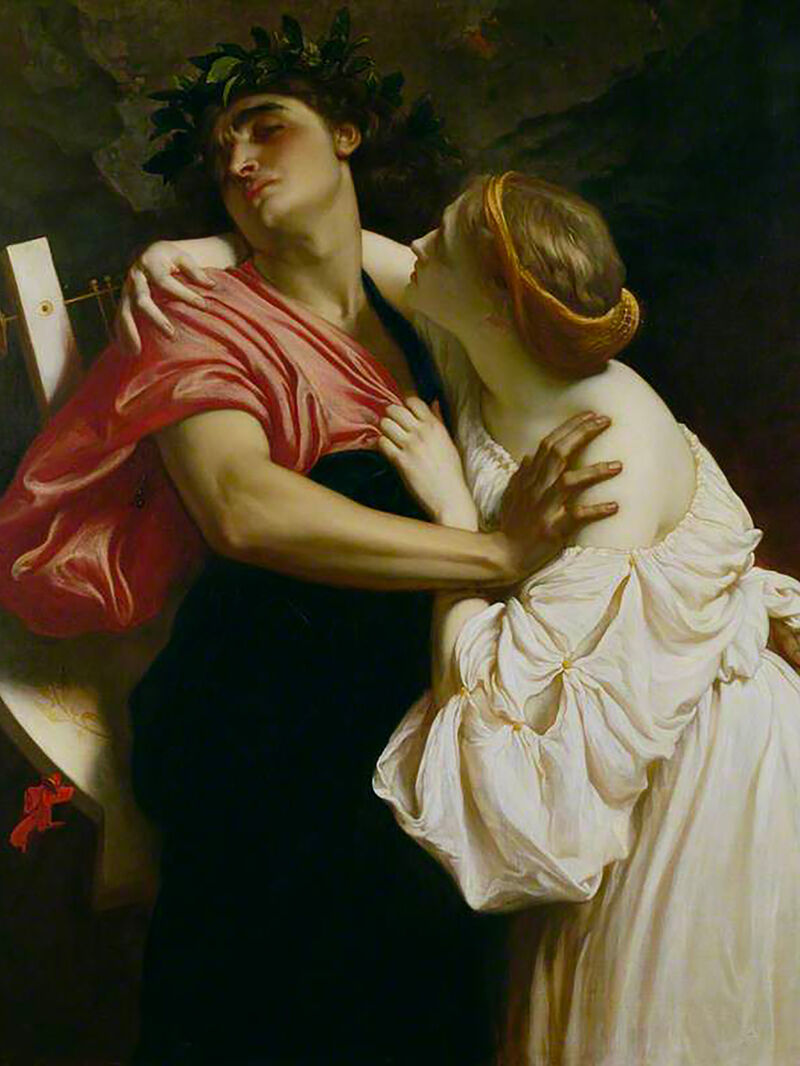 Longevity, love and memory...
Longevity, love and memory... Summer, Freud and a sonnet...
Summer, Freud and a sonnet...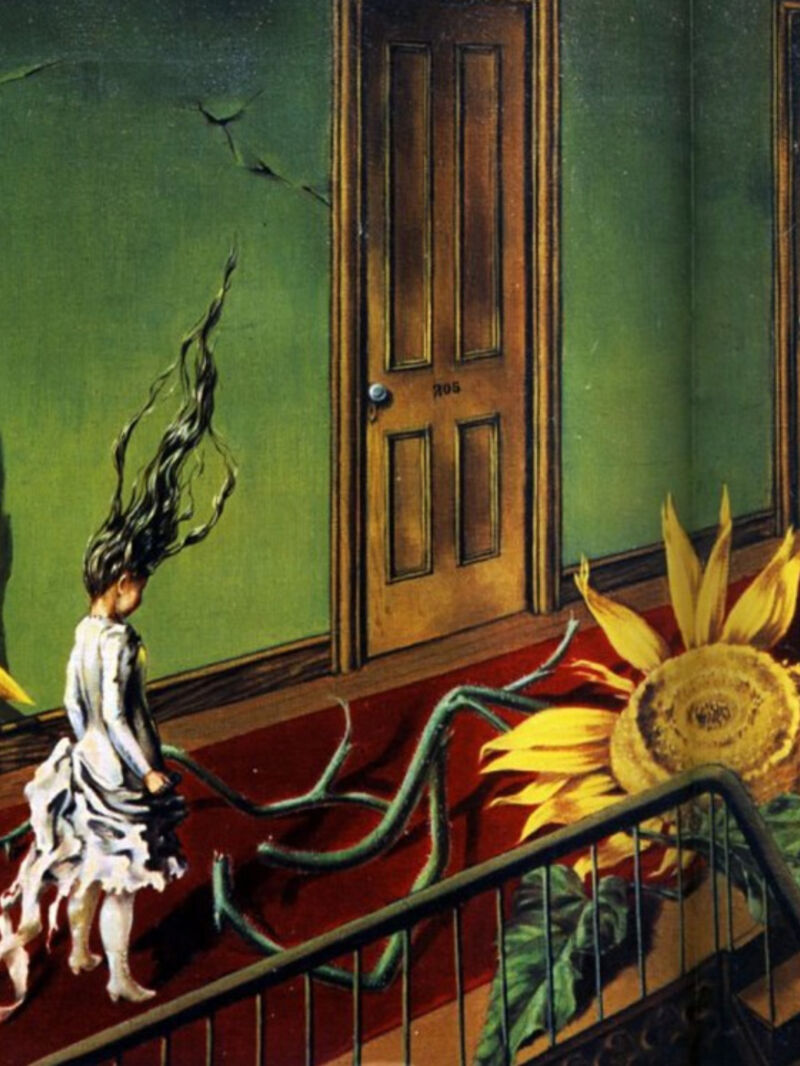 When surreal makes sense – exploring with Dorothea Tanning, Olga Tokaczuk and more...
When surreal makes sense – exploring with Dorothea Tanning, Olga Tokaczuk and more...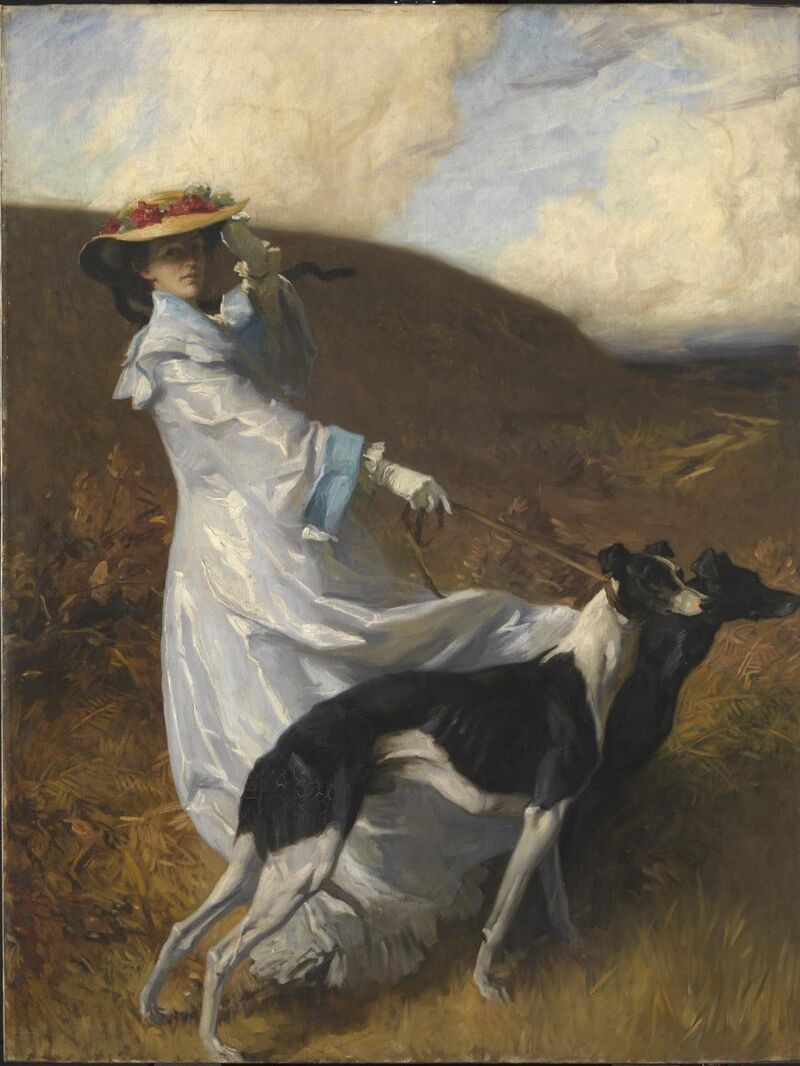 Twists and turns with Mary Oliver, Alan Watts and Astrid Lindgren...
Twists and turns with Mary Oliver, Alan Watts and Astrid Lindgren...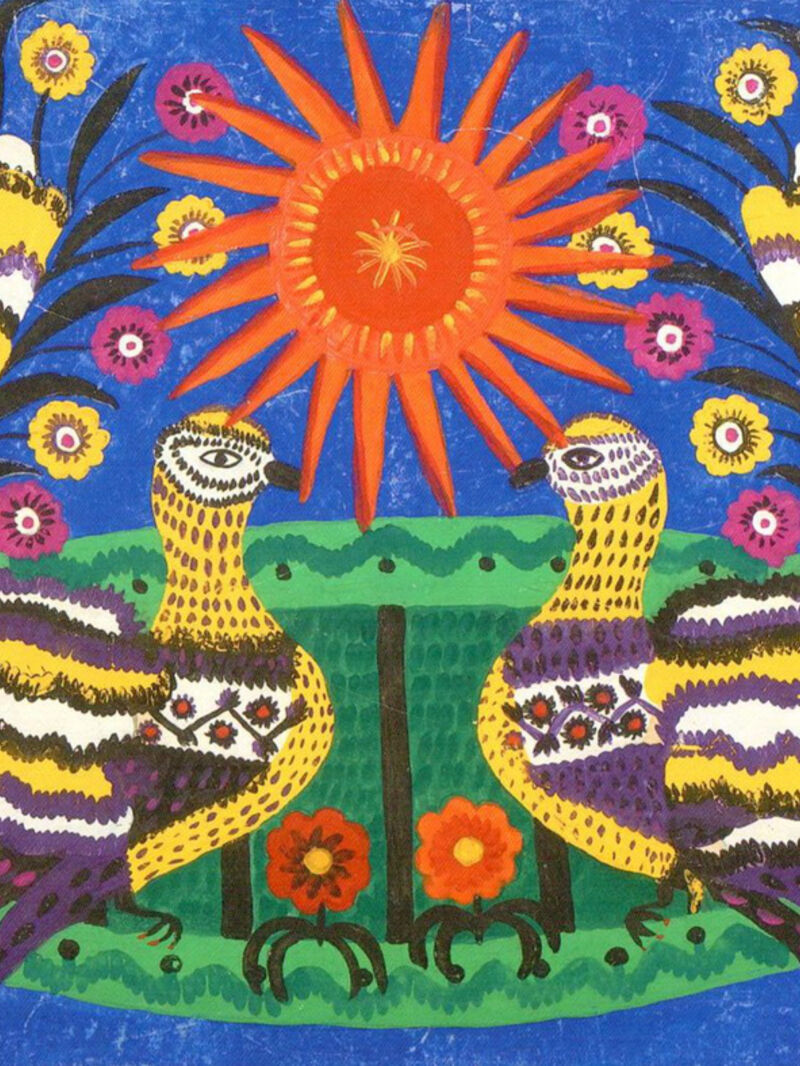 First flowers of spring: the need for beauty and hope at all times
First flowers of spring: the need for beauty and hope at all times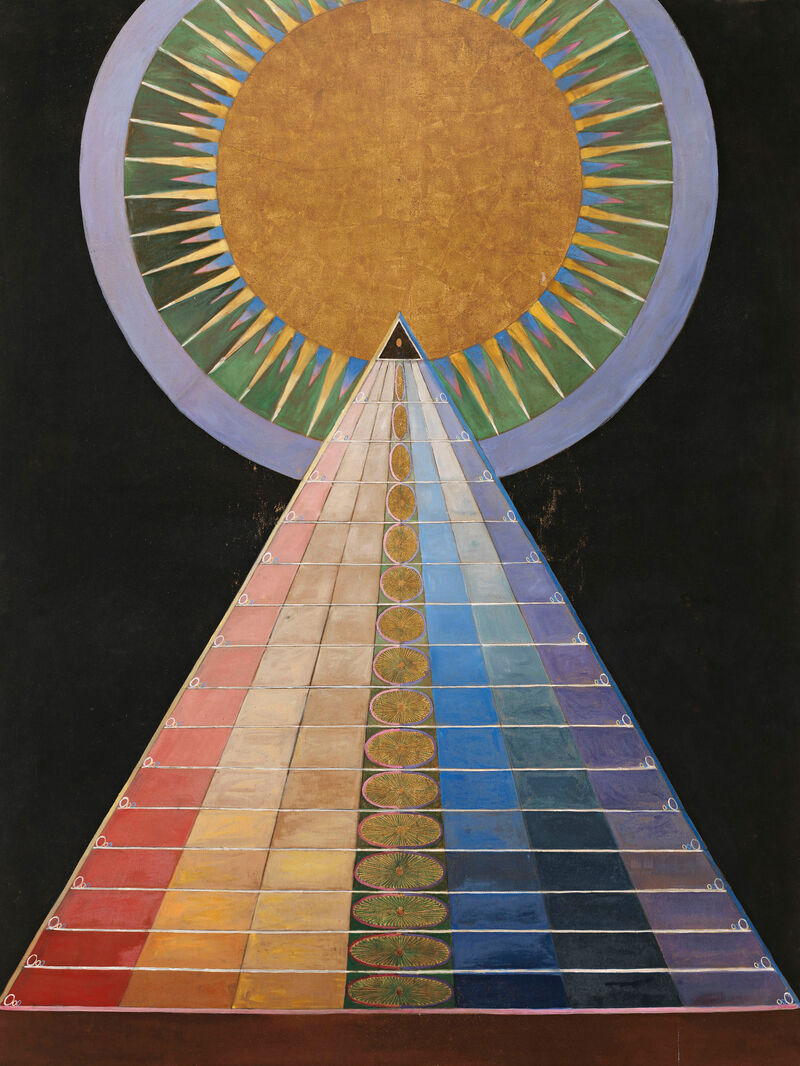 Defining reality, playing with illusion with Robert Frost, Hilma Af Kilnt and more...
Defining reality, playing with illusion with Robert Frost, Hilma Af Kilnt and more... Celebrating the cycles of light and dark with Joan Didion, Danez Smith and more...
Celebrating the cycles of light and dark with Joan Didion, Danez Smith and more...